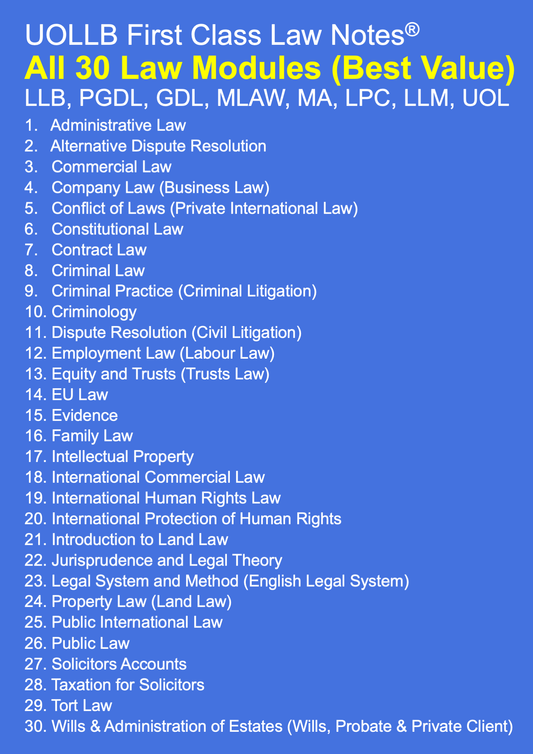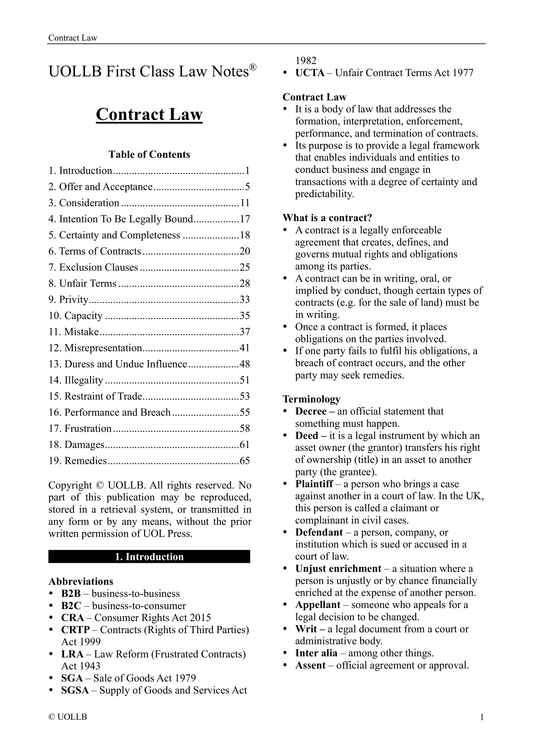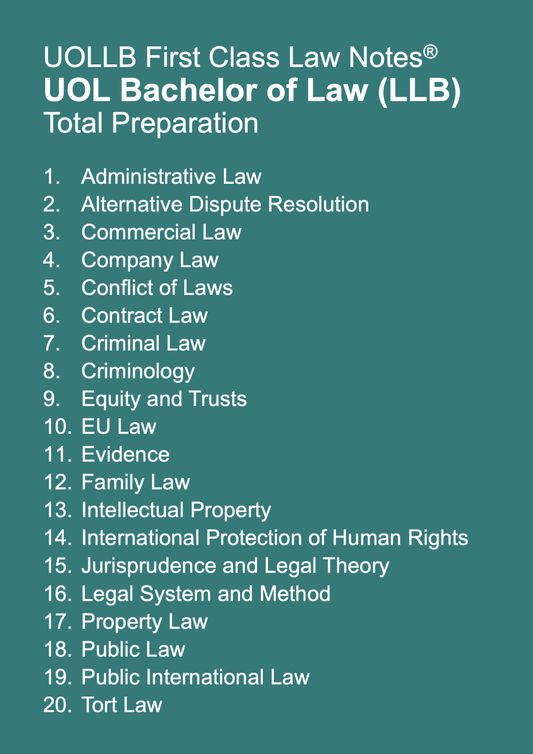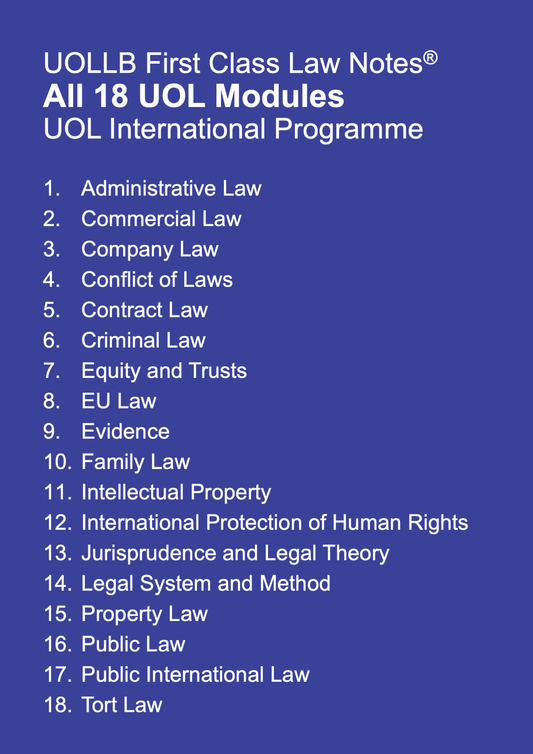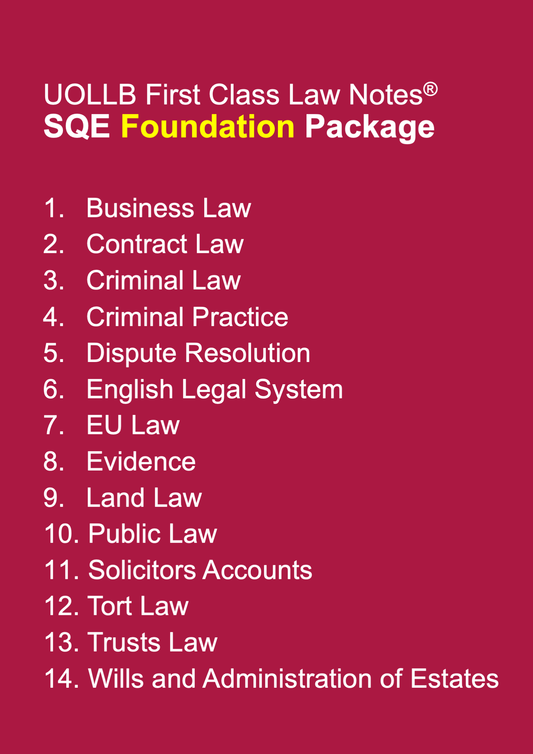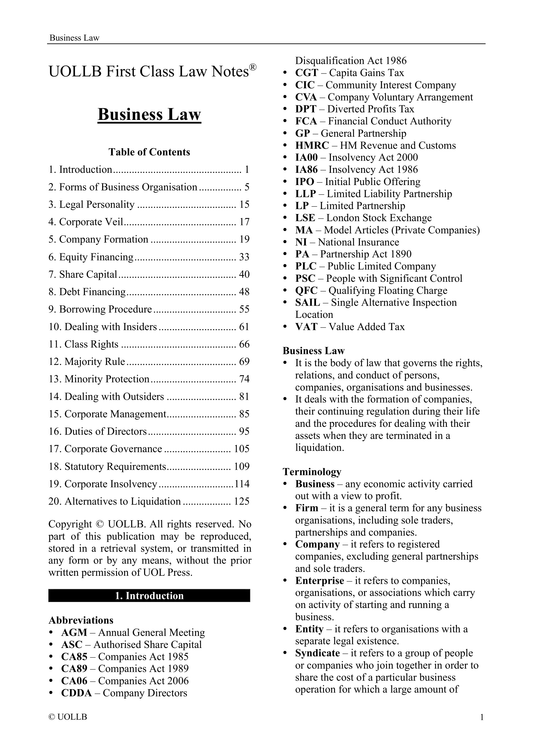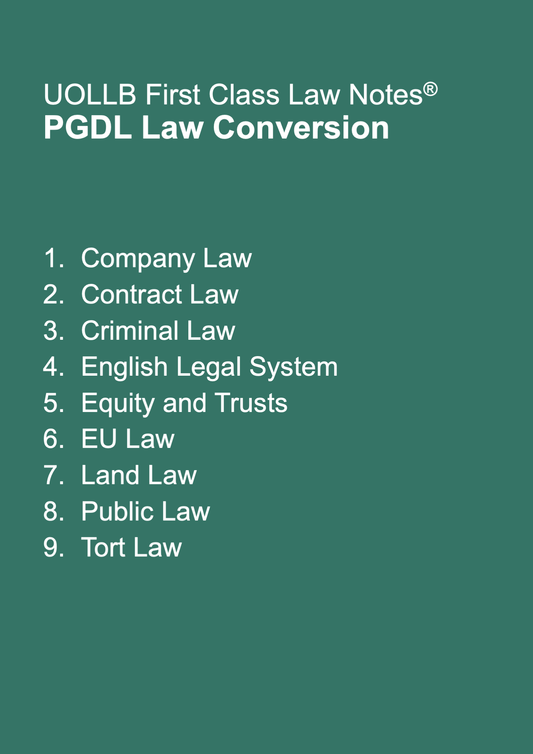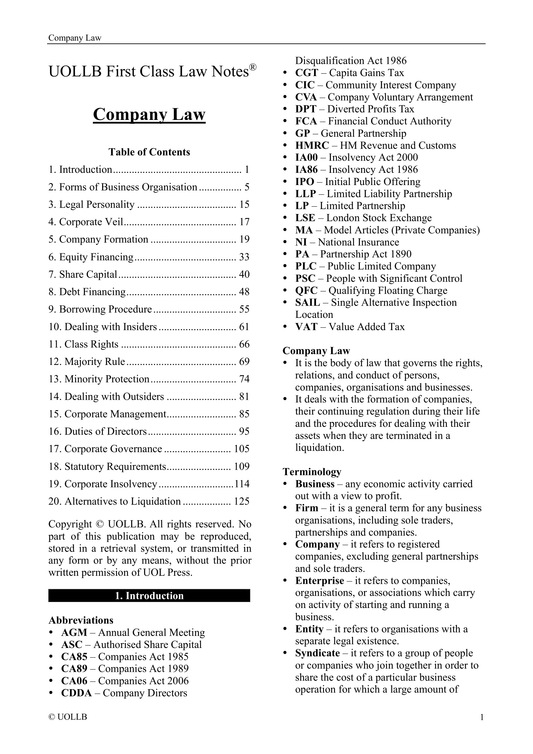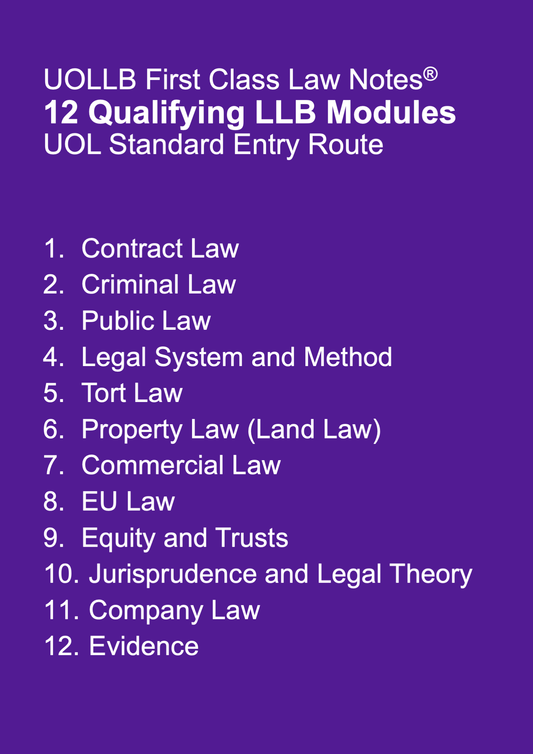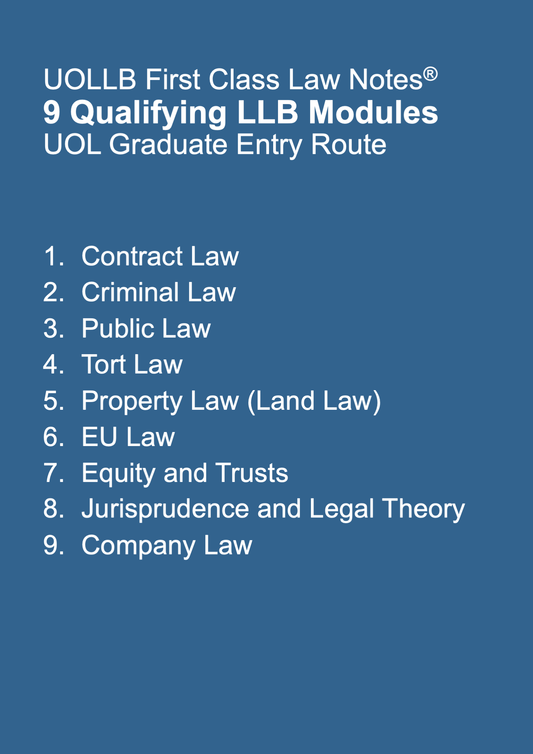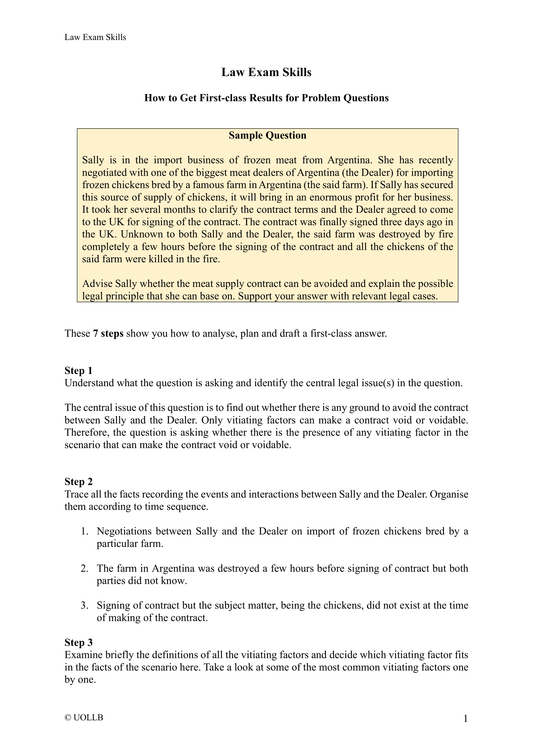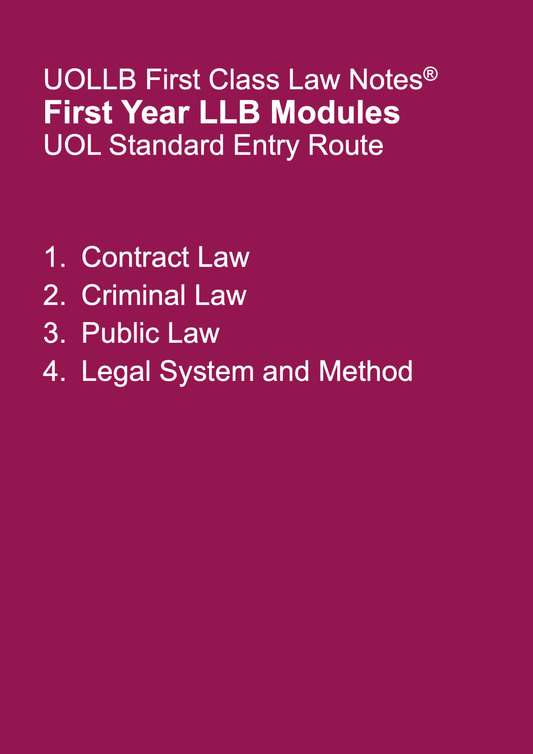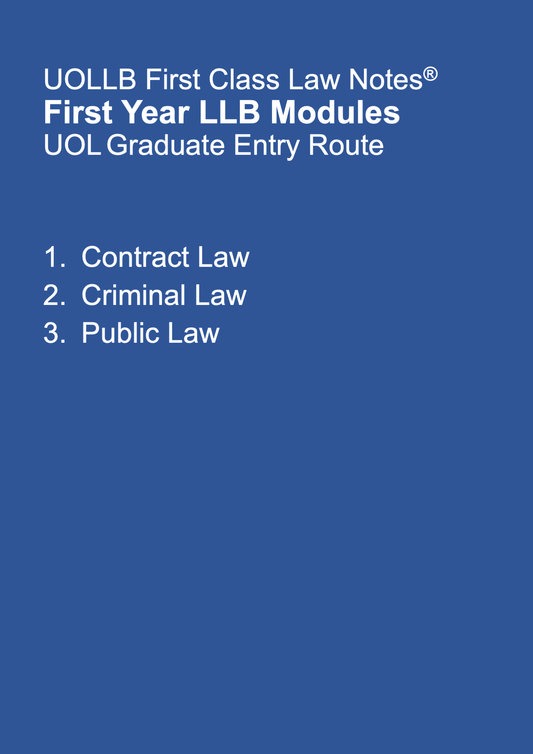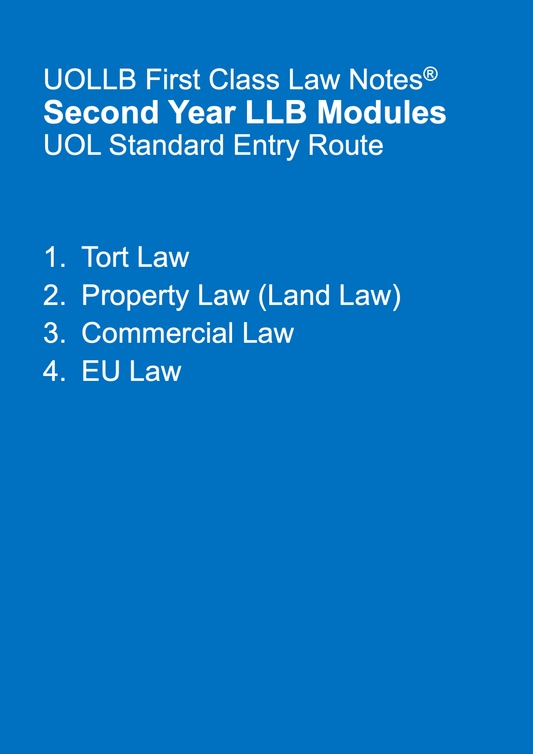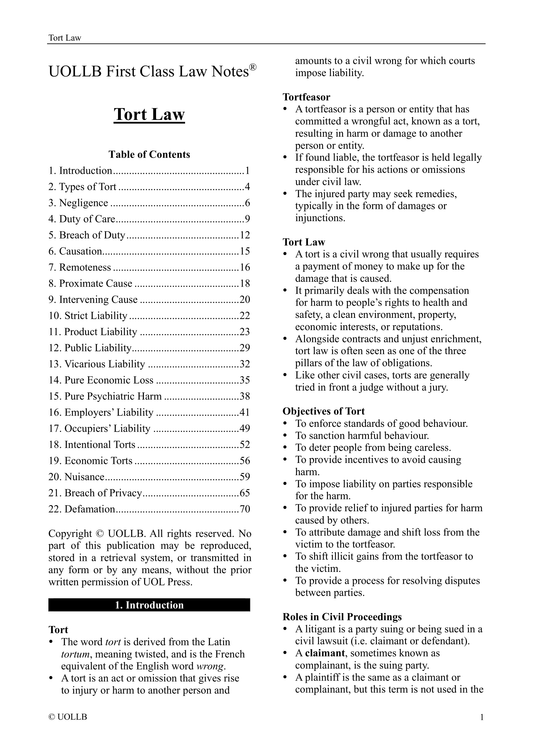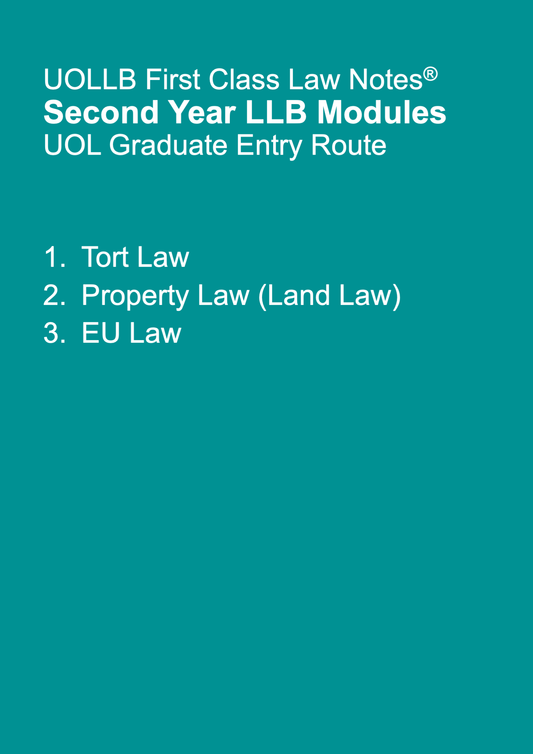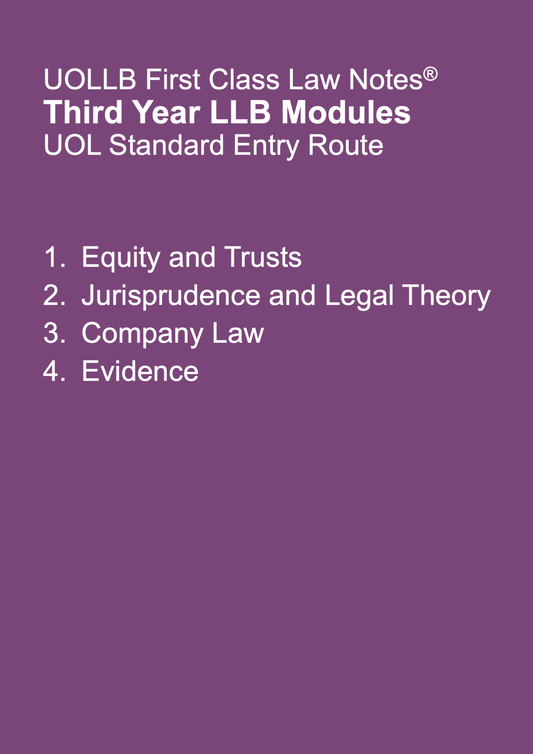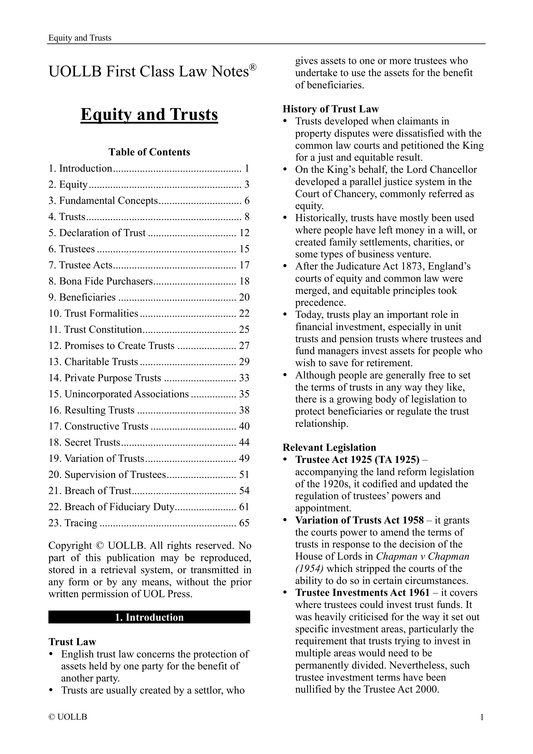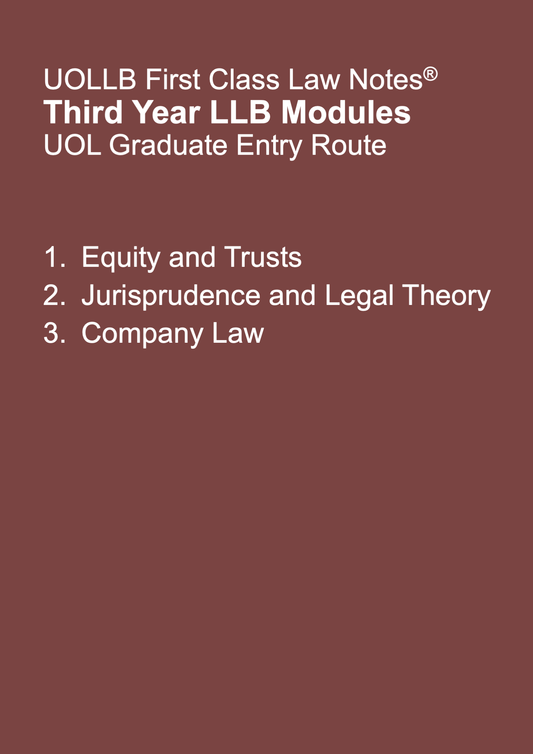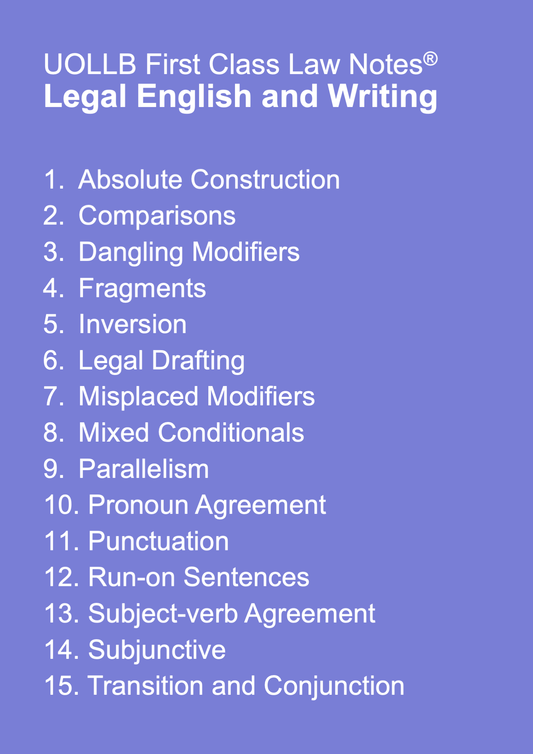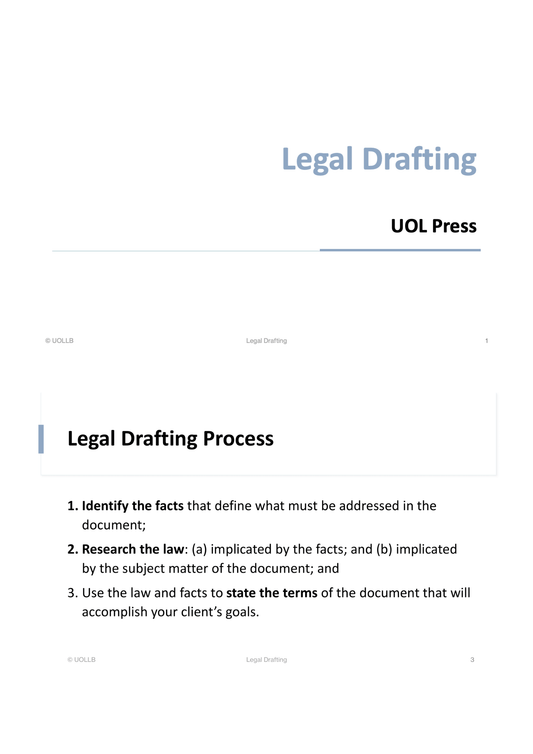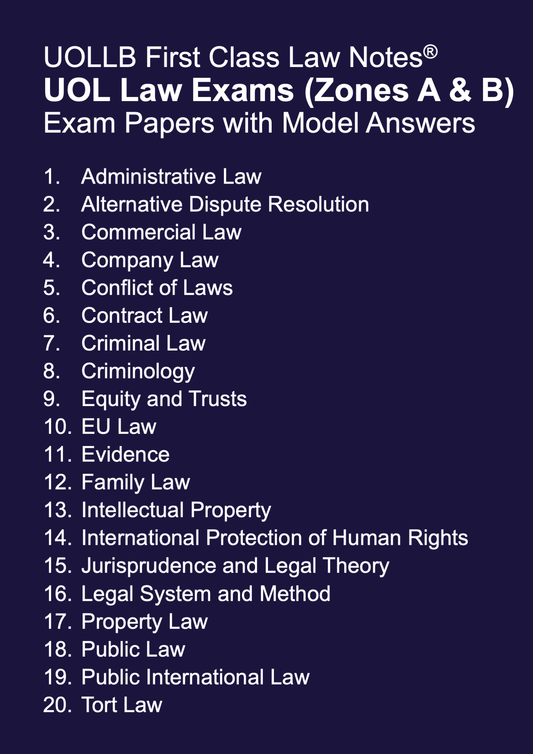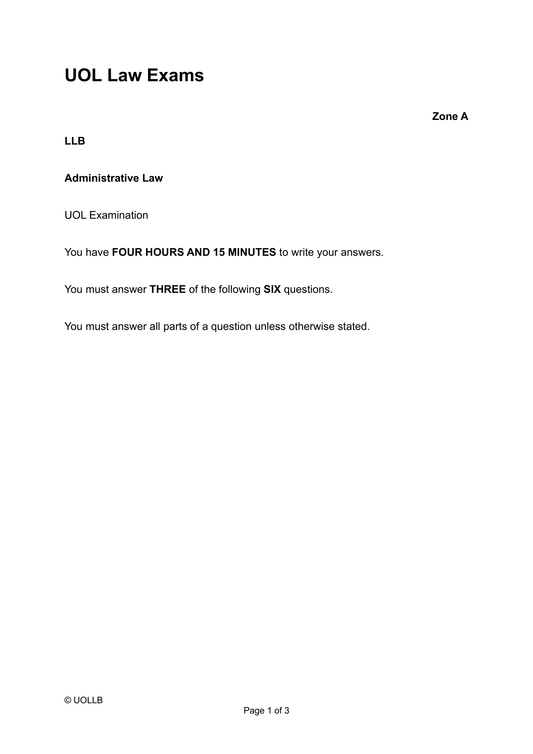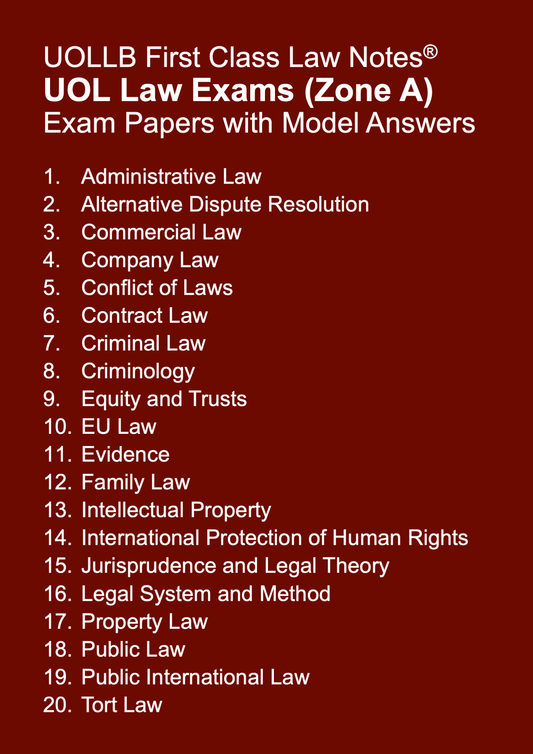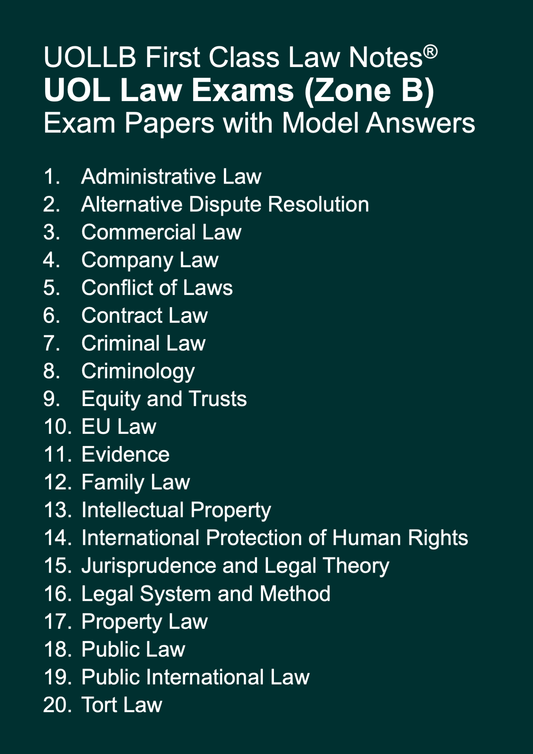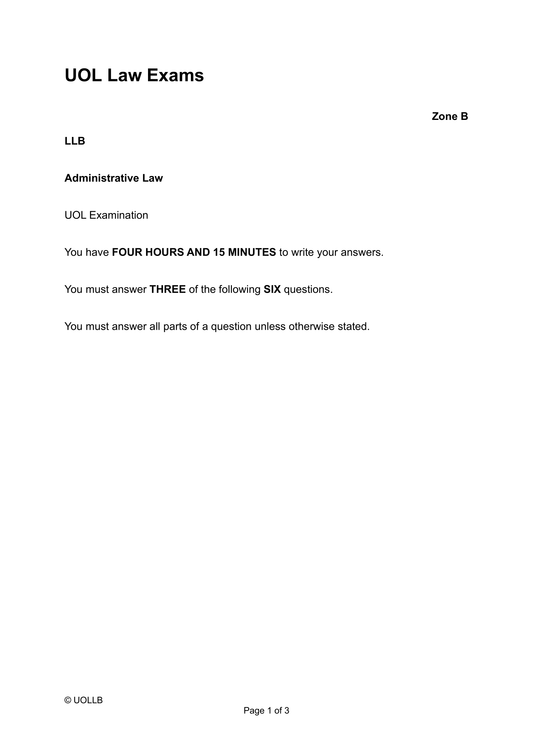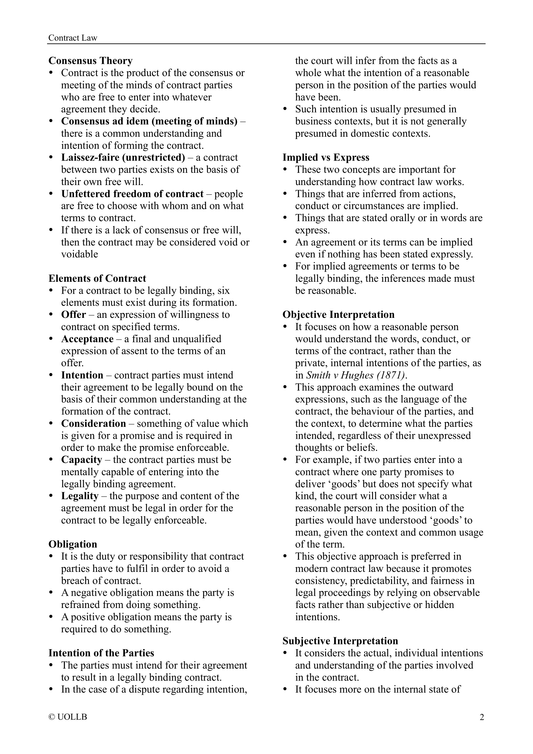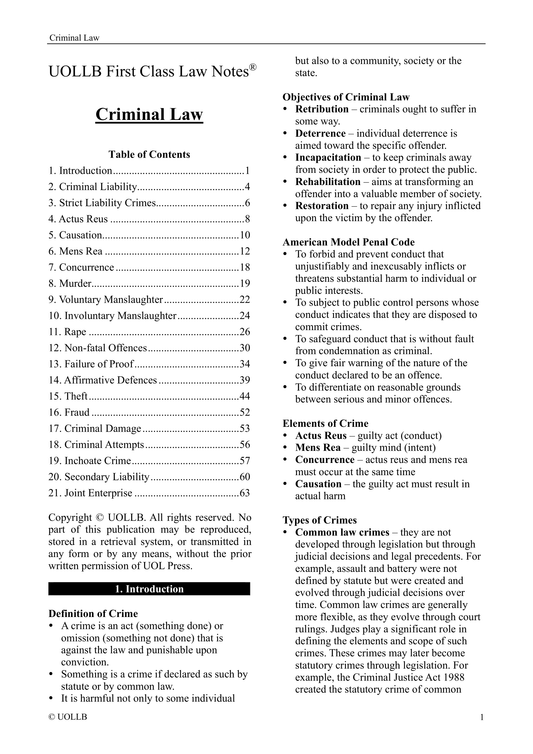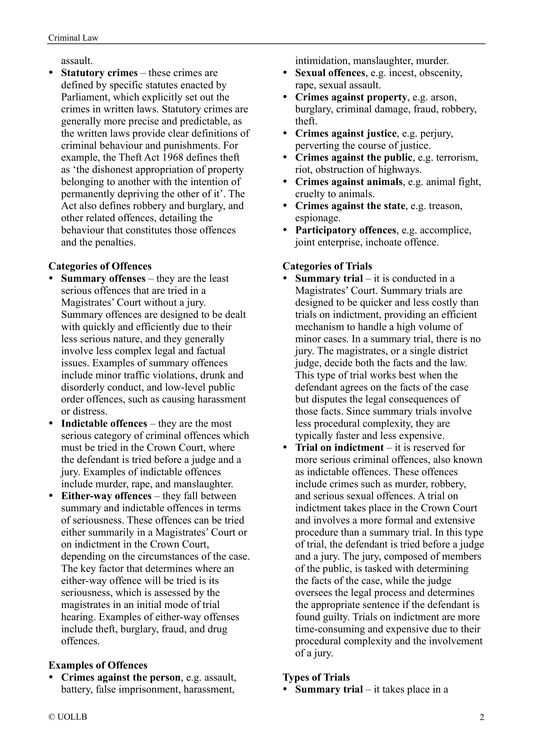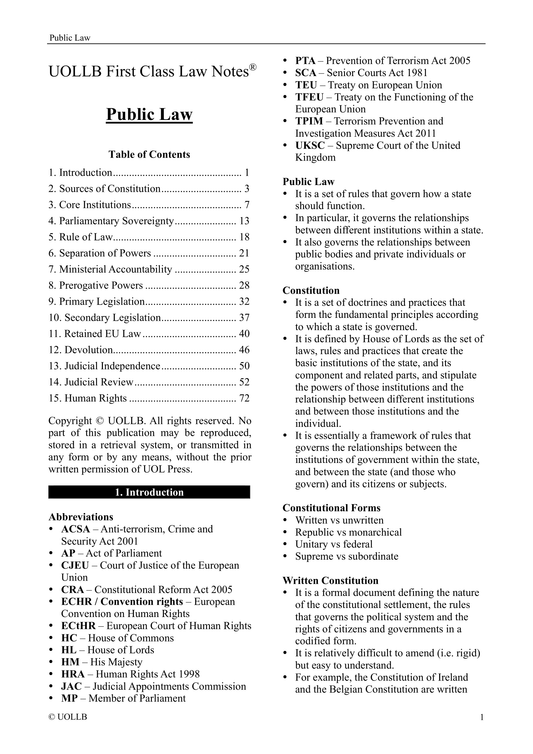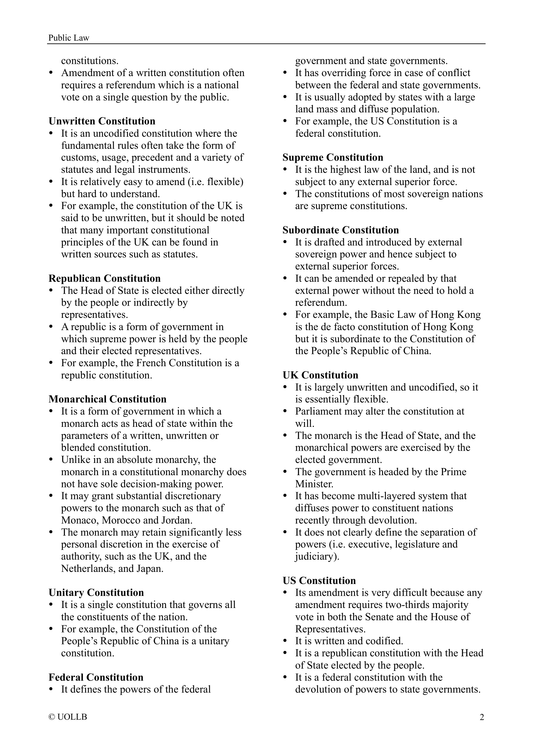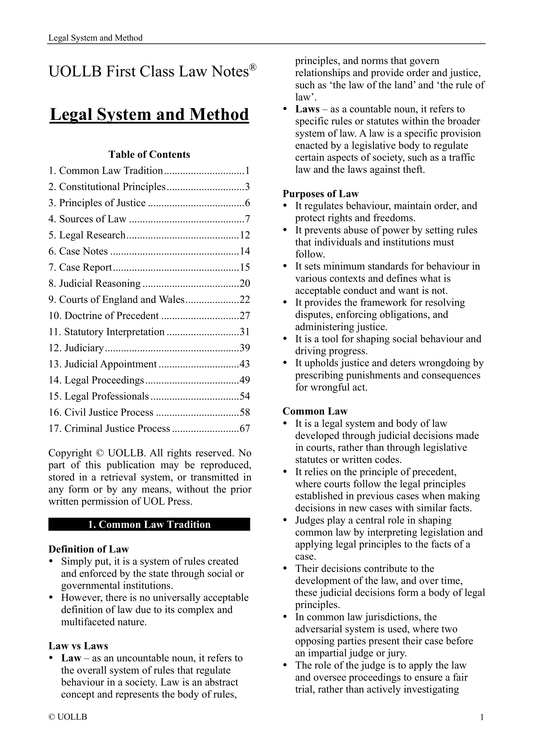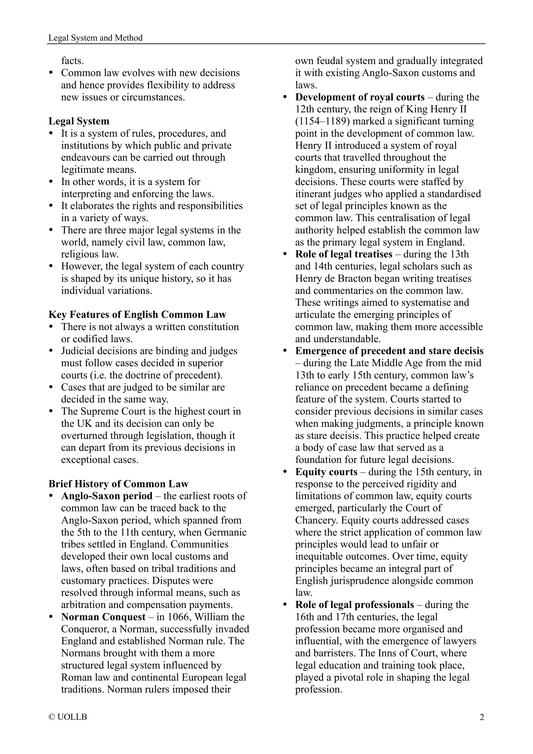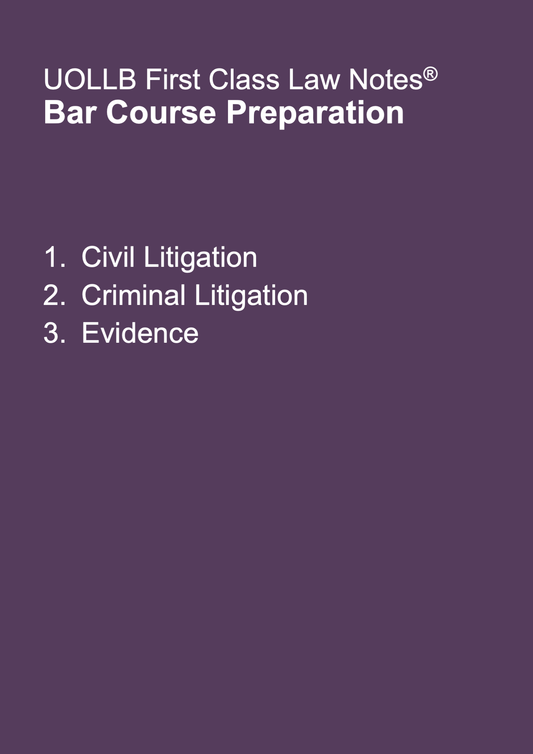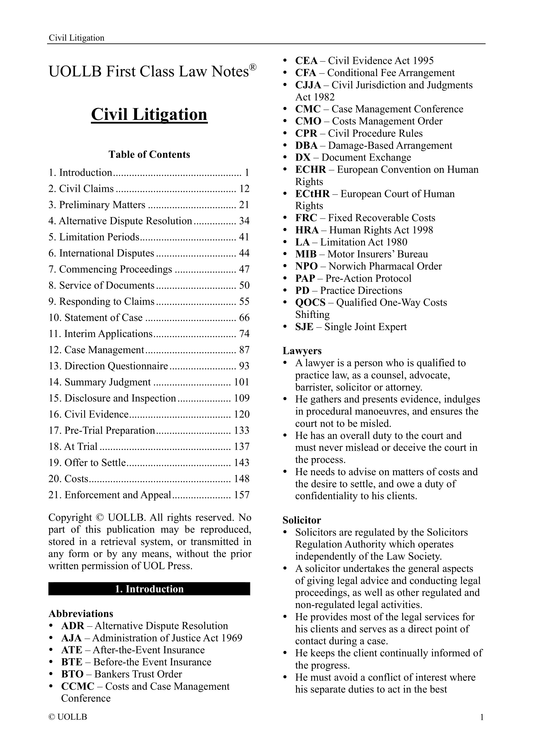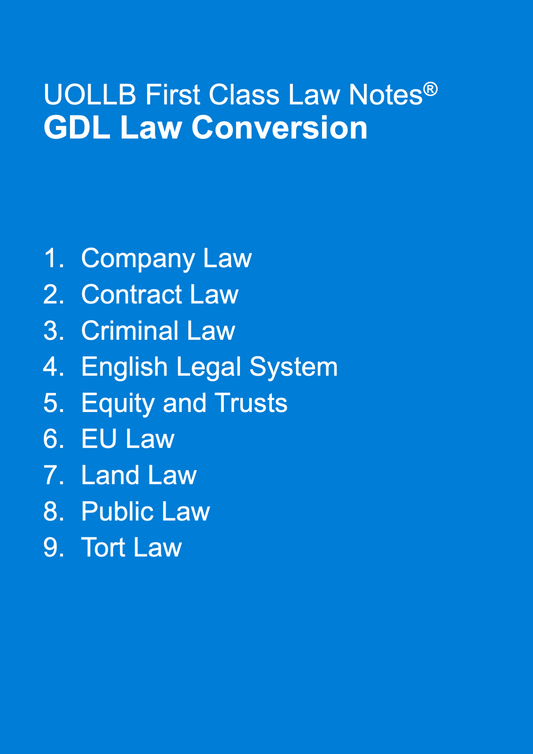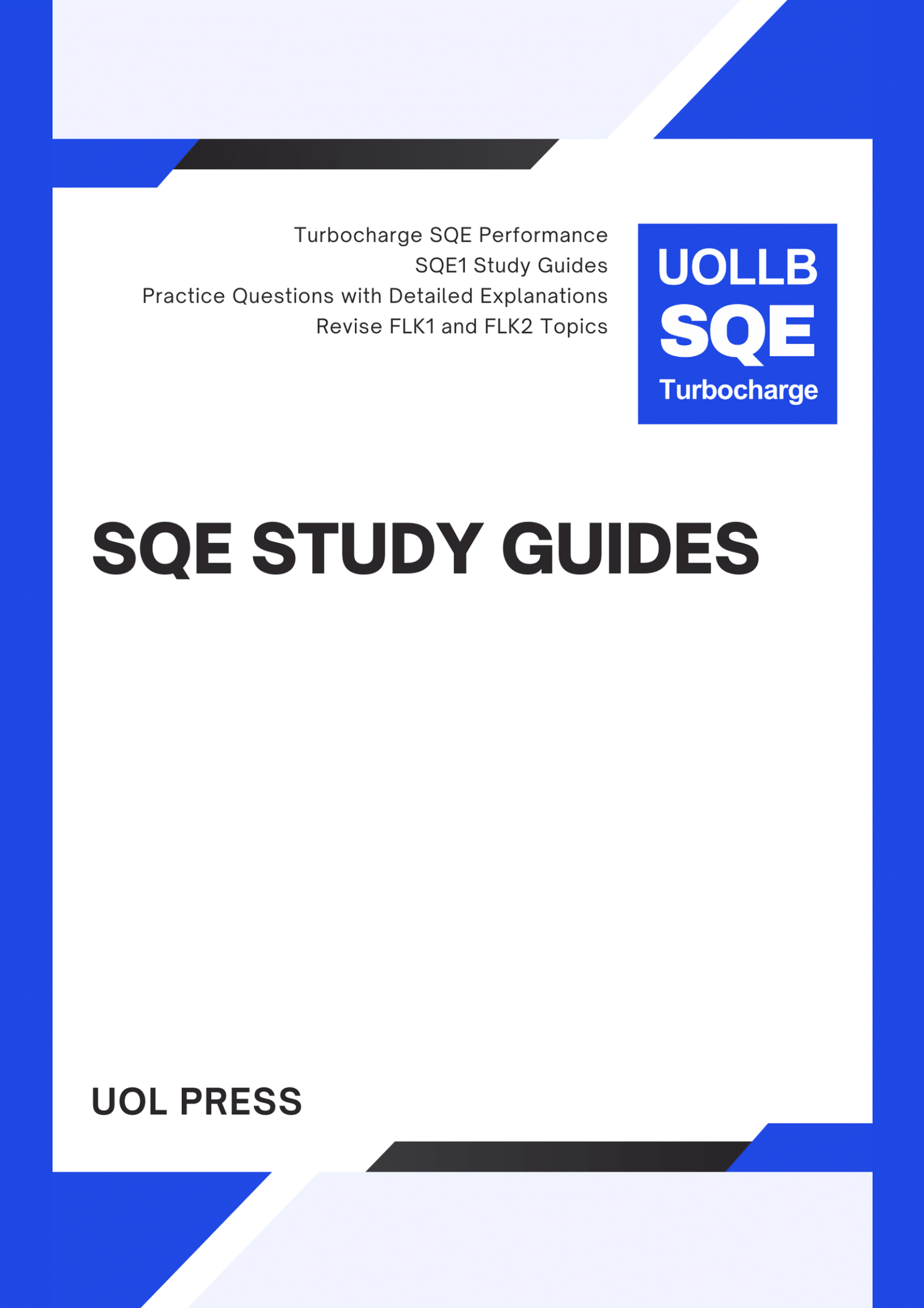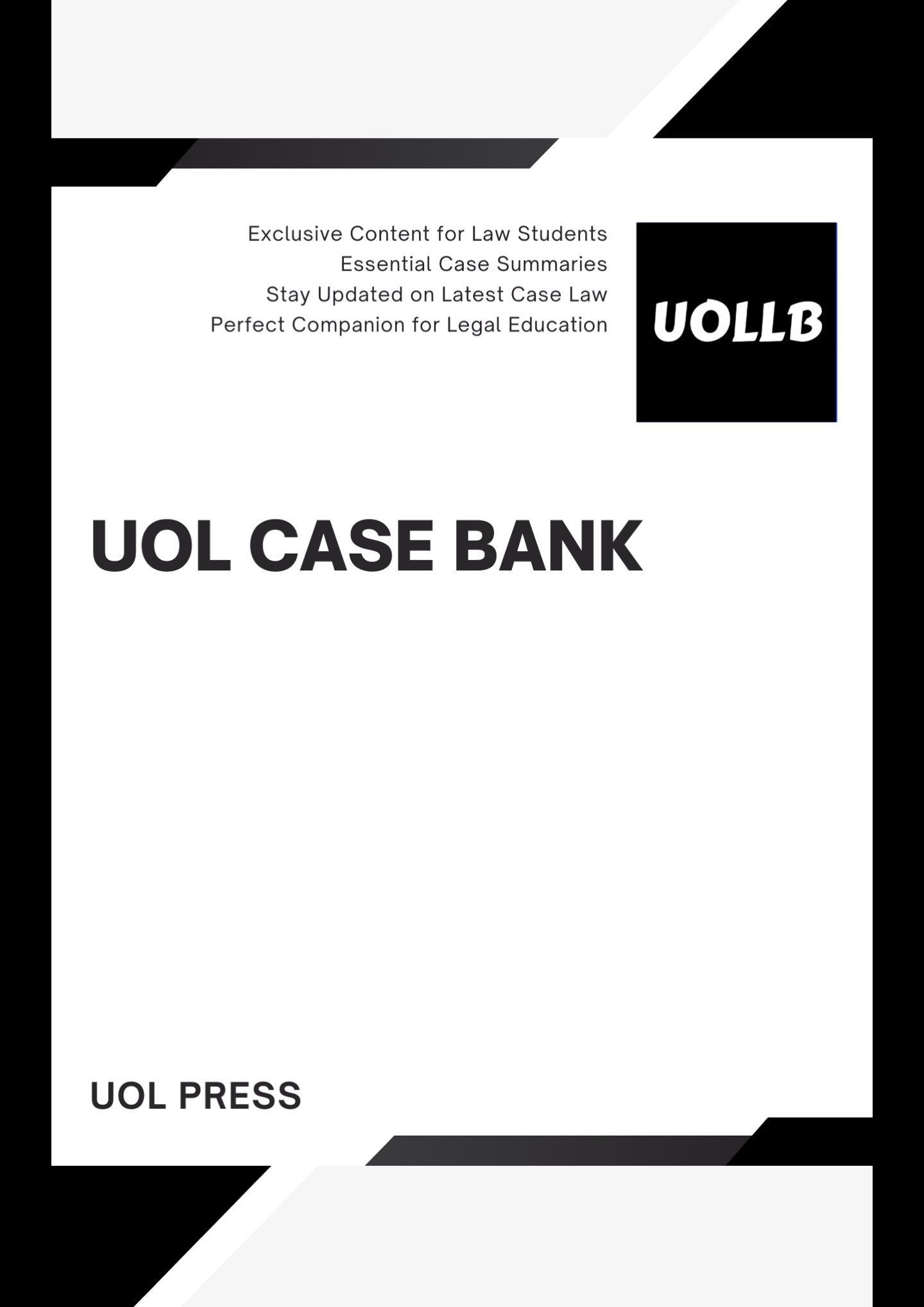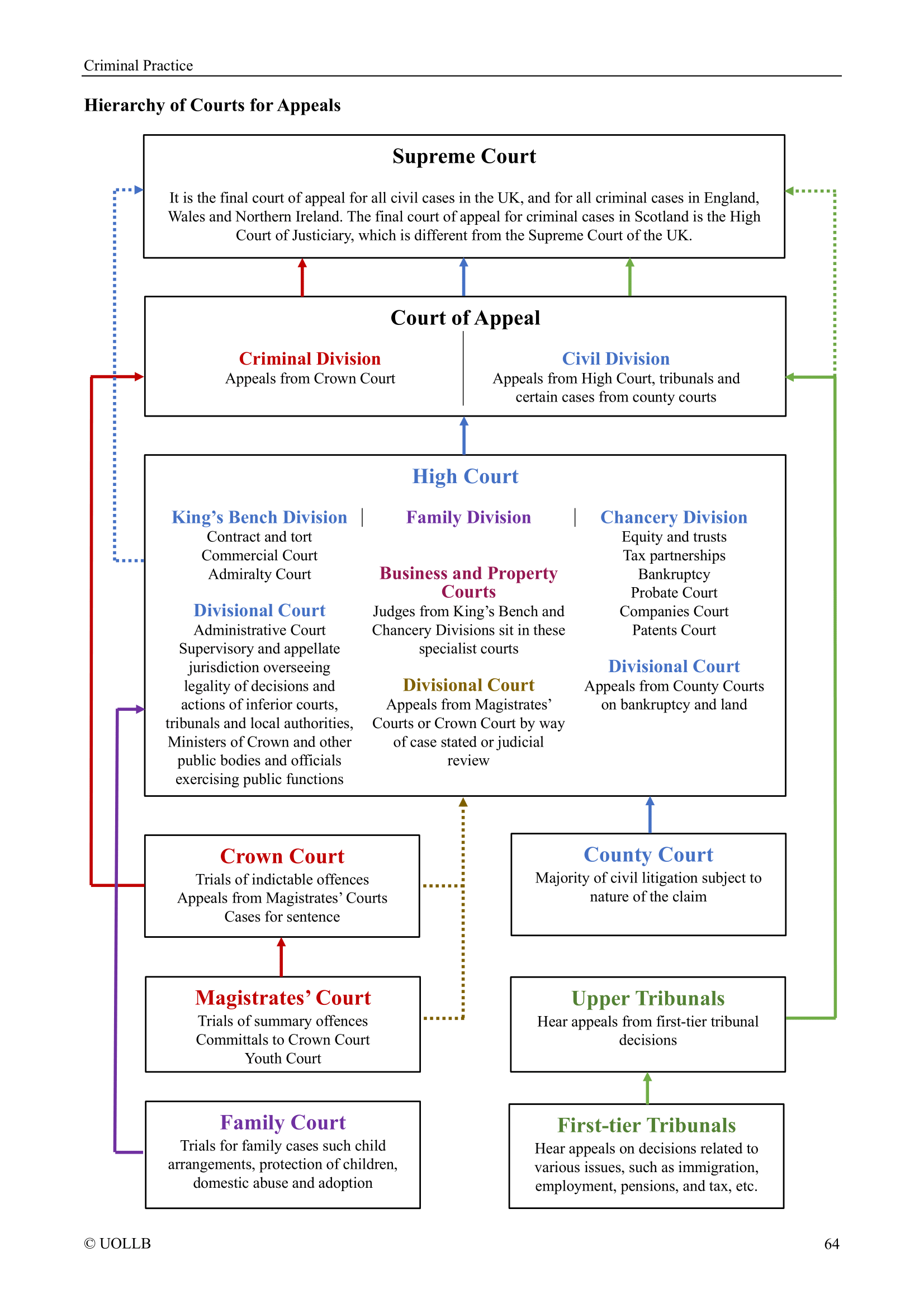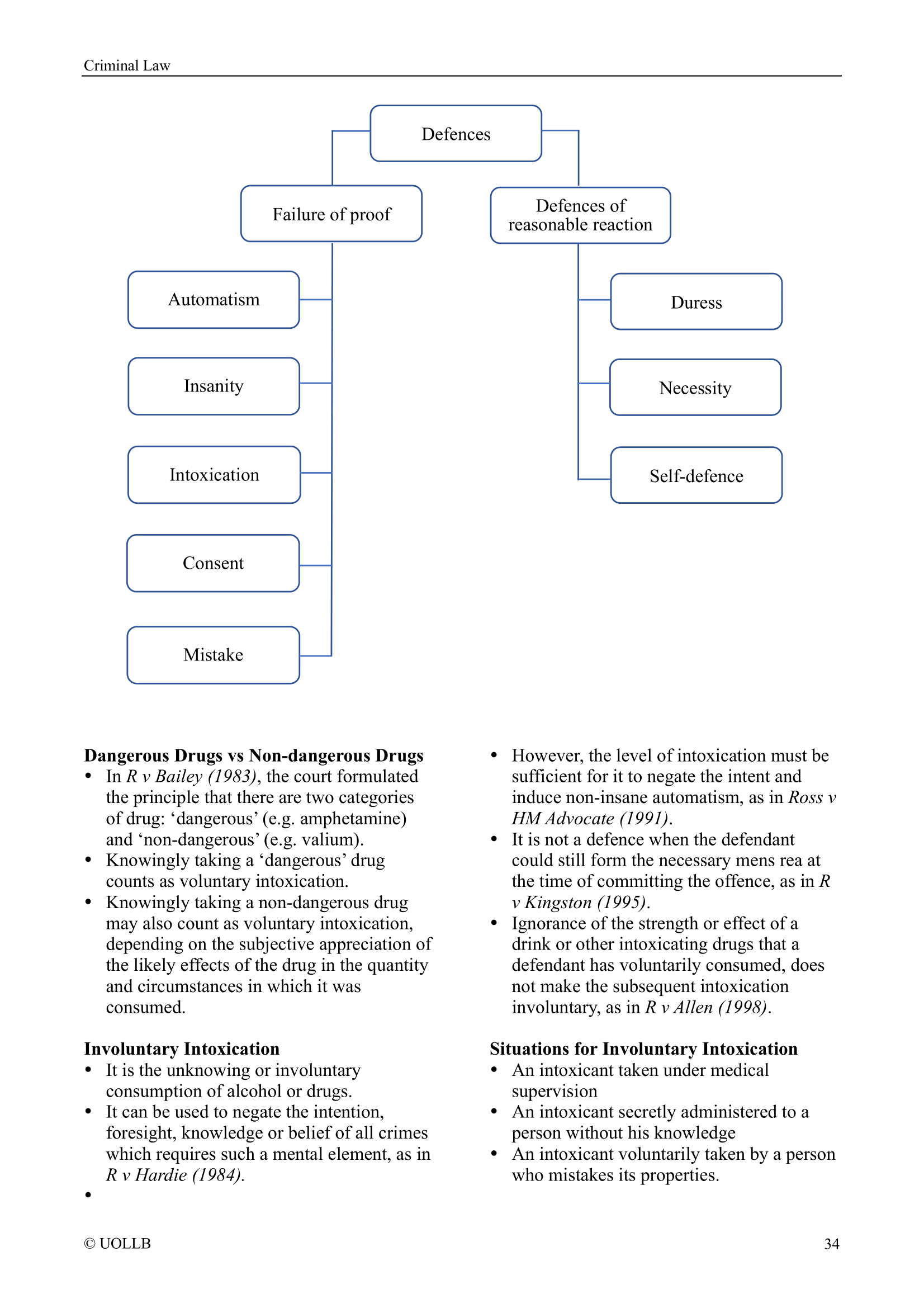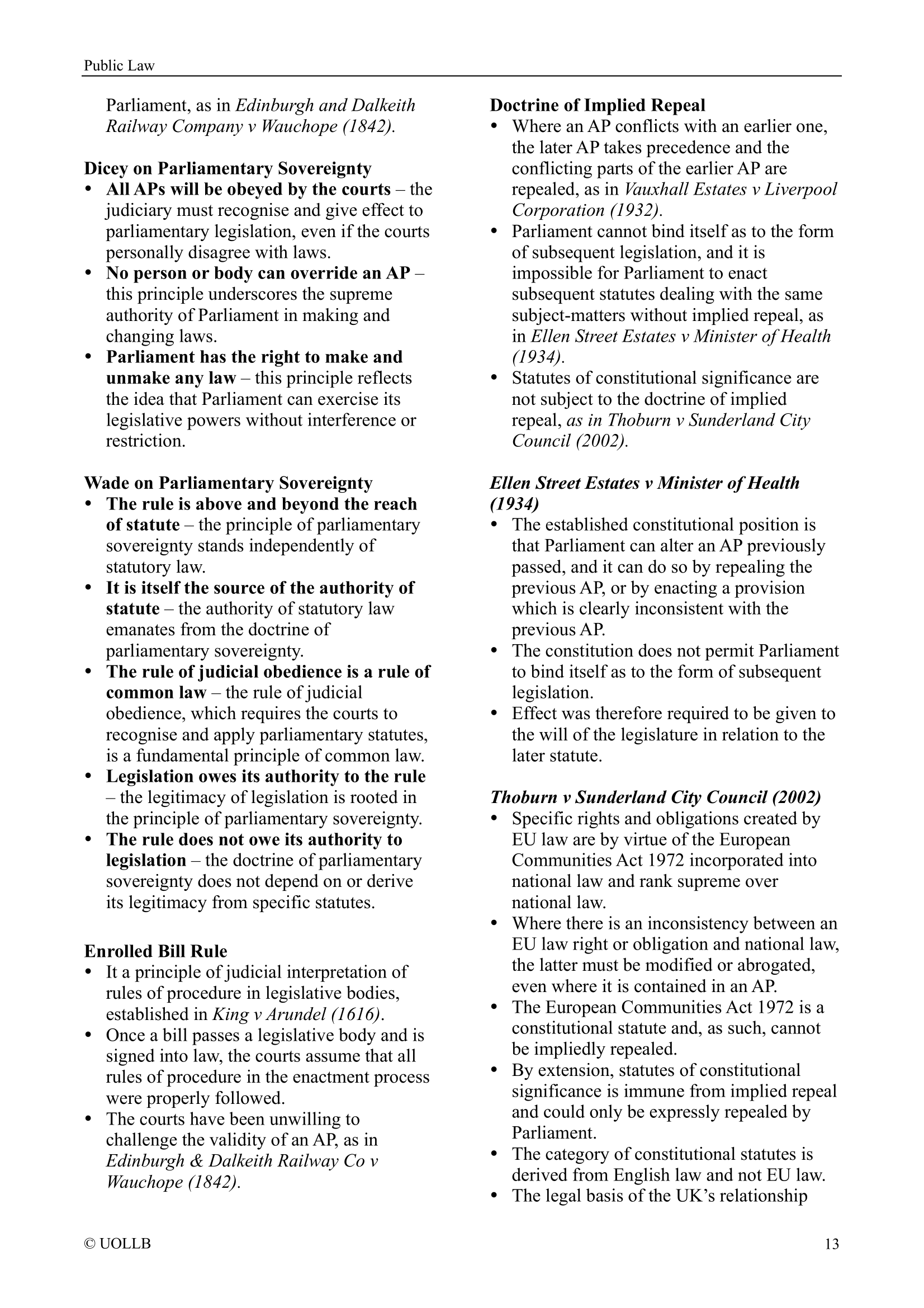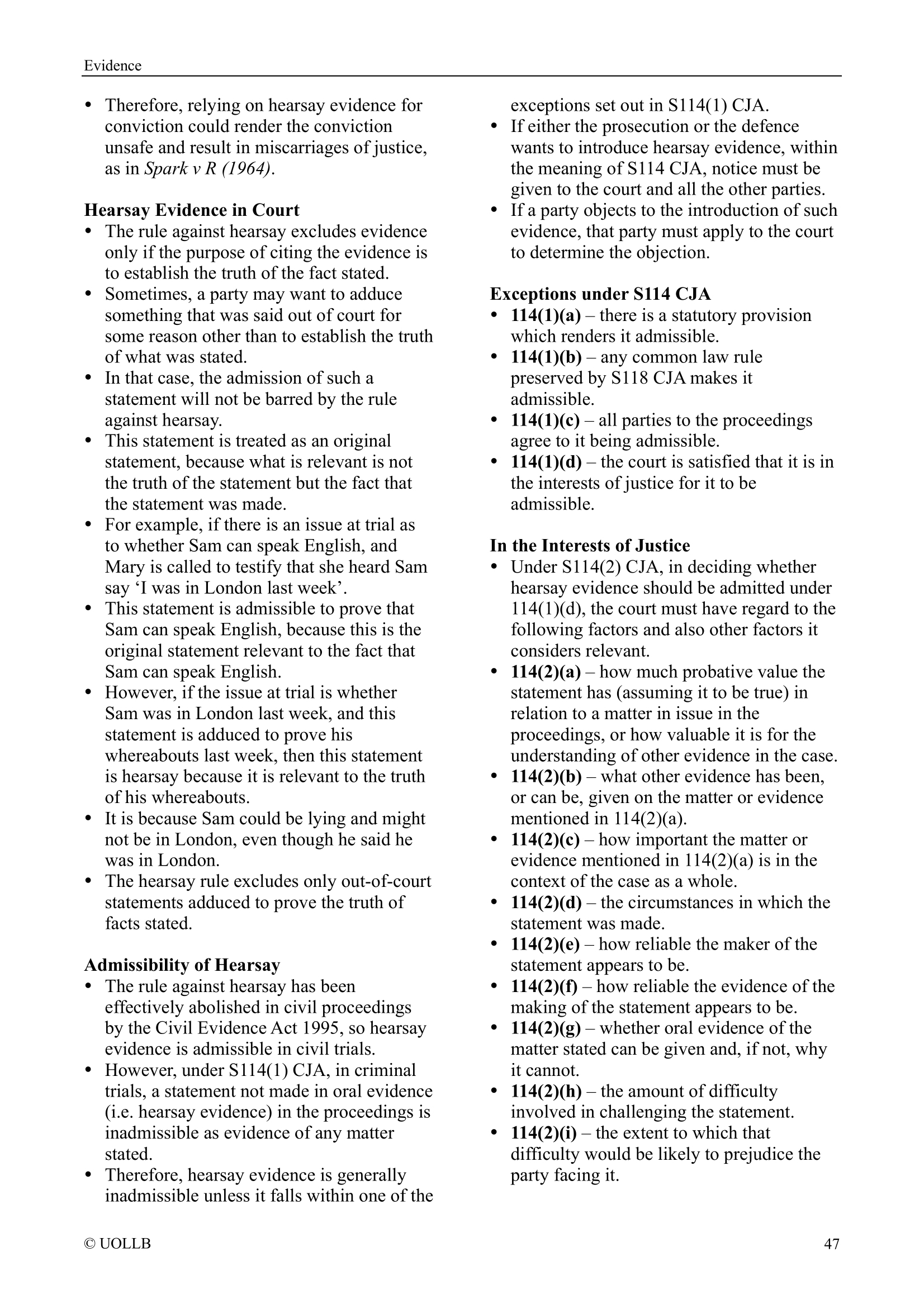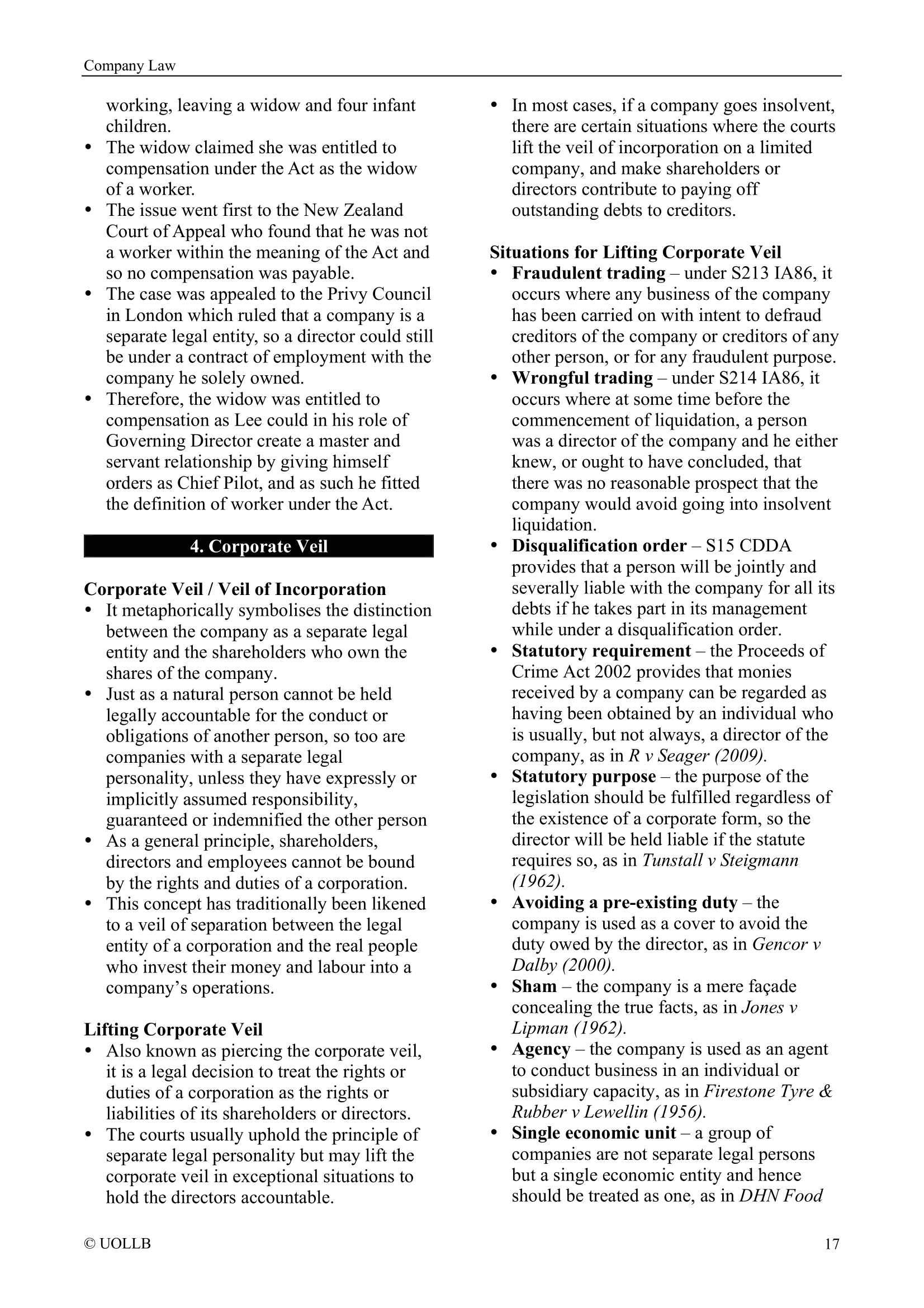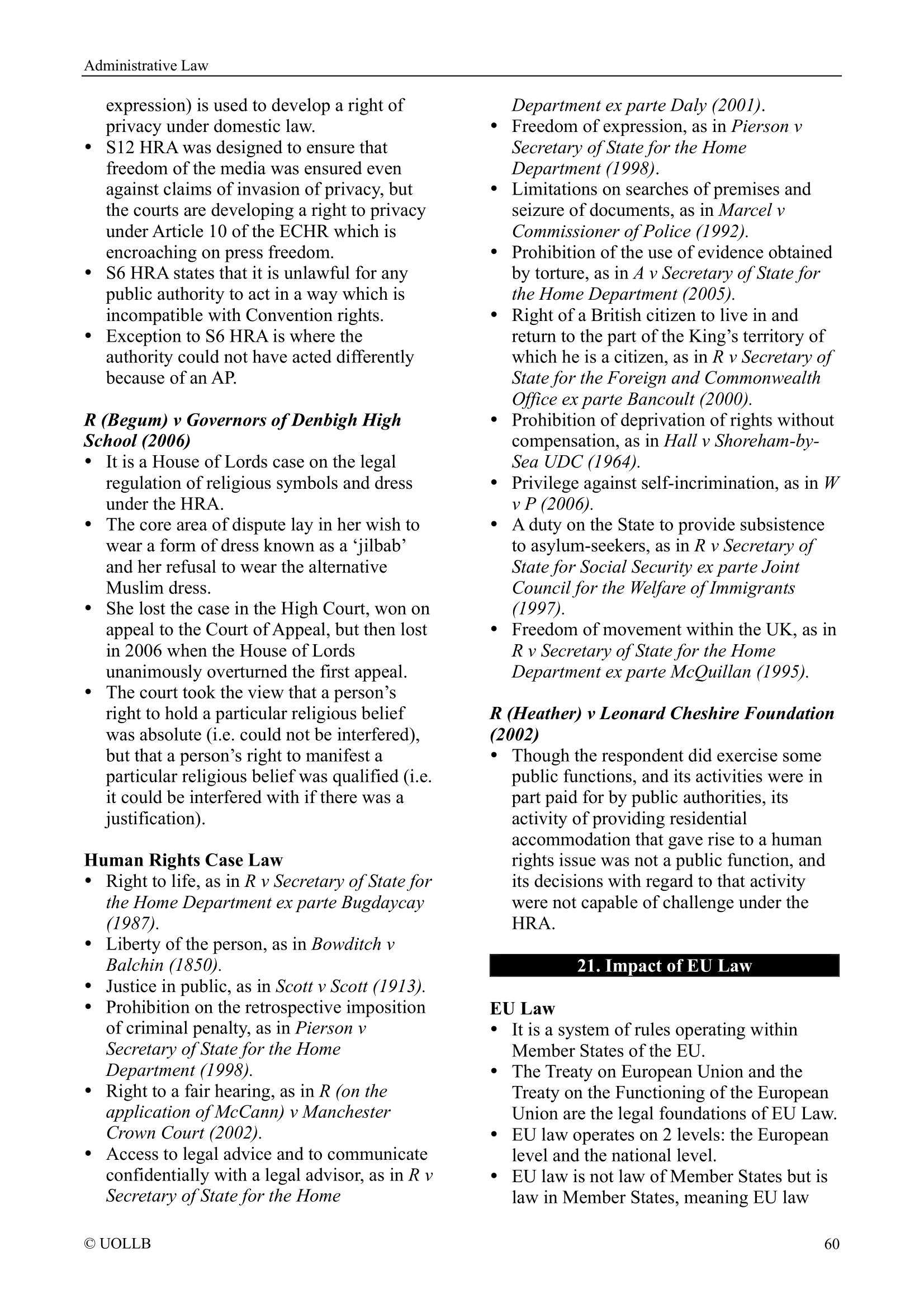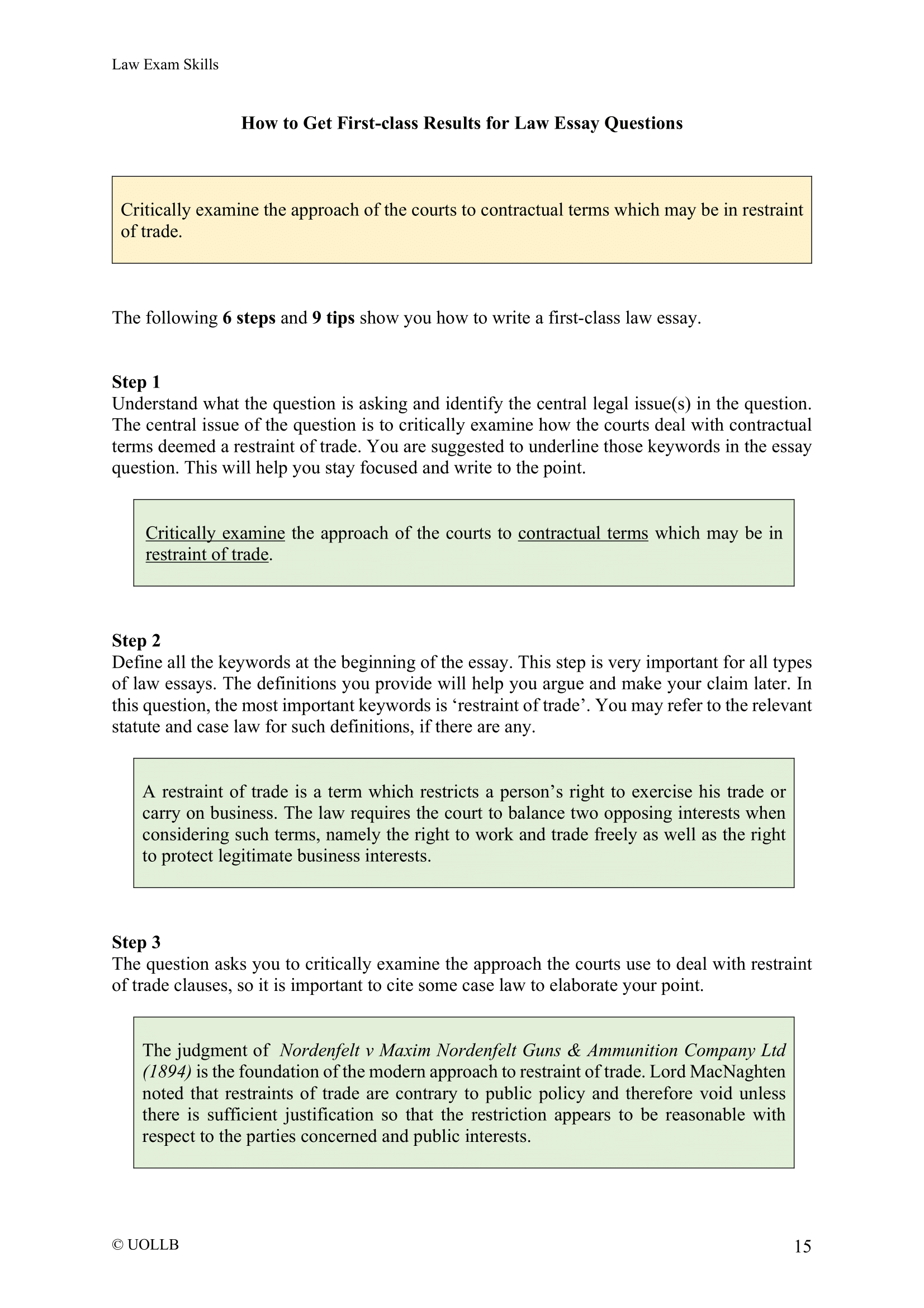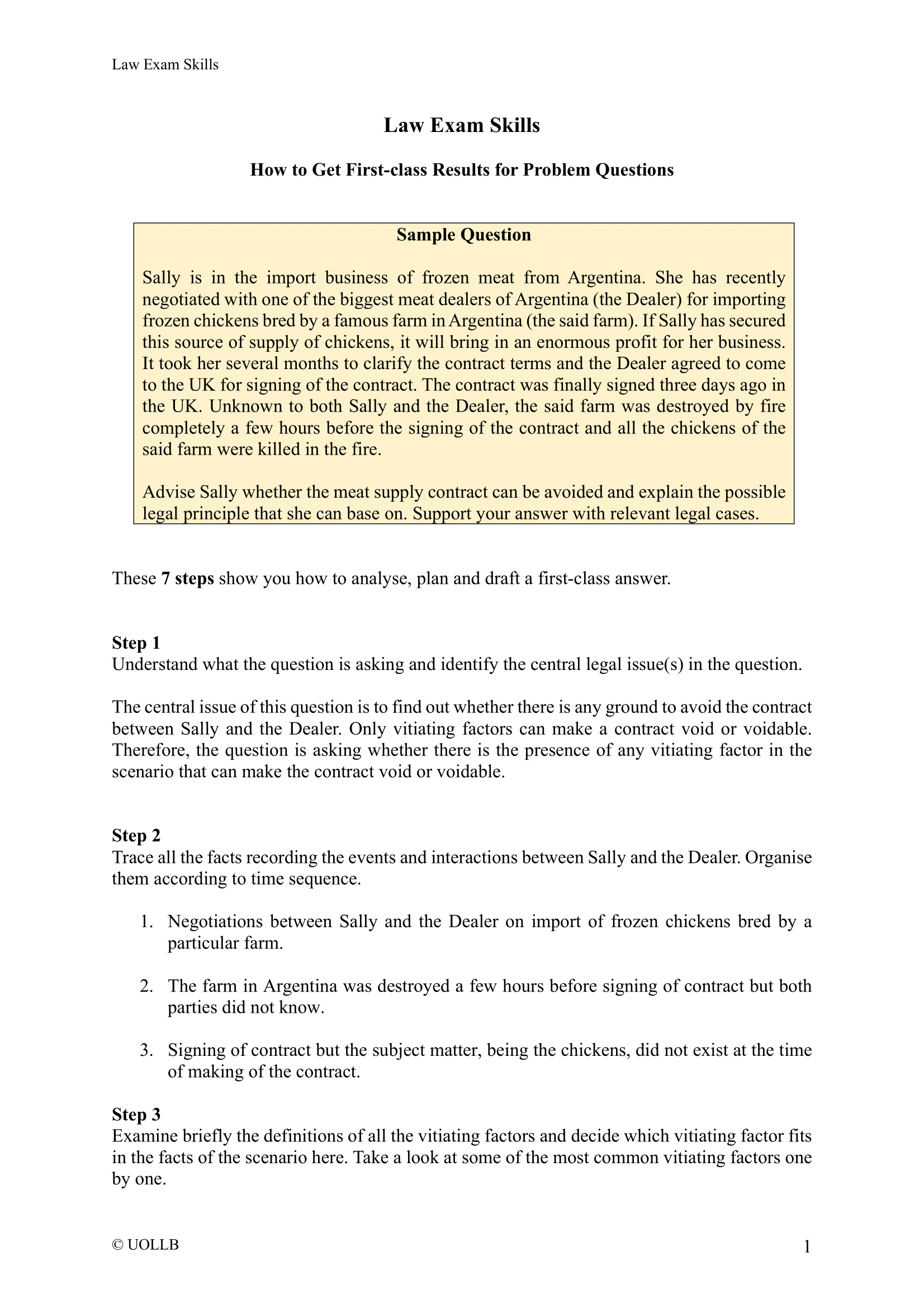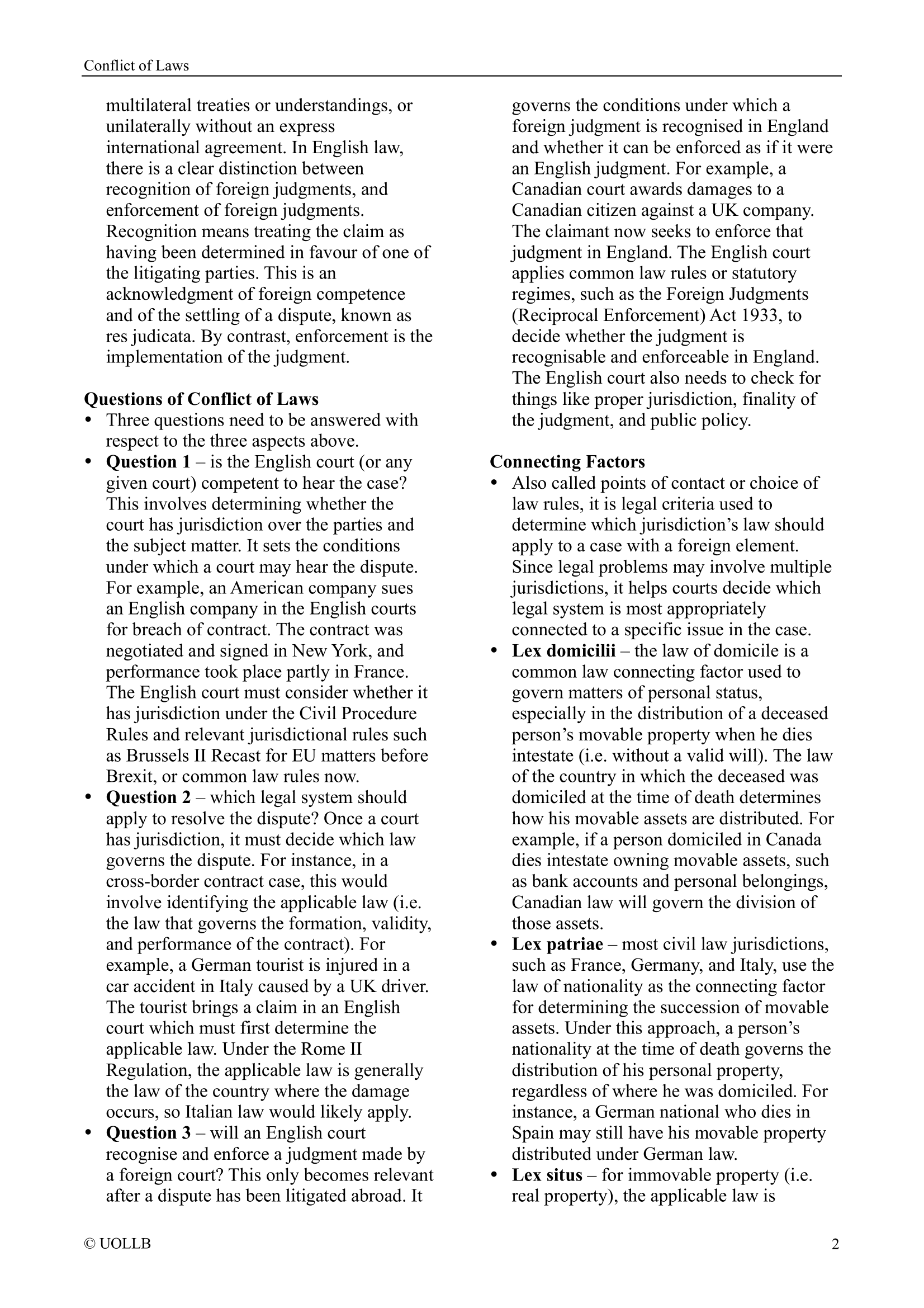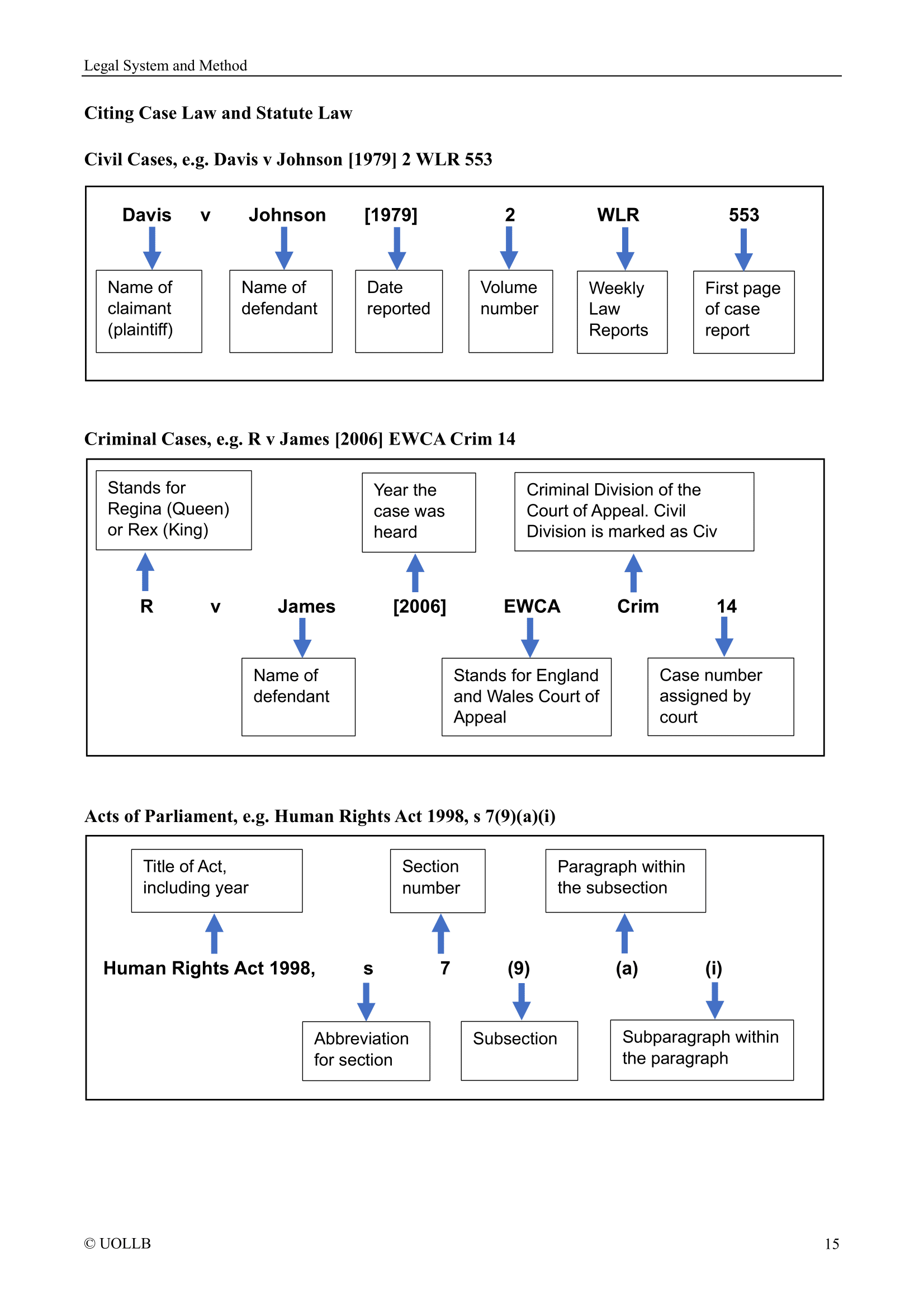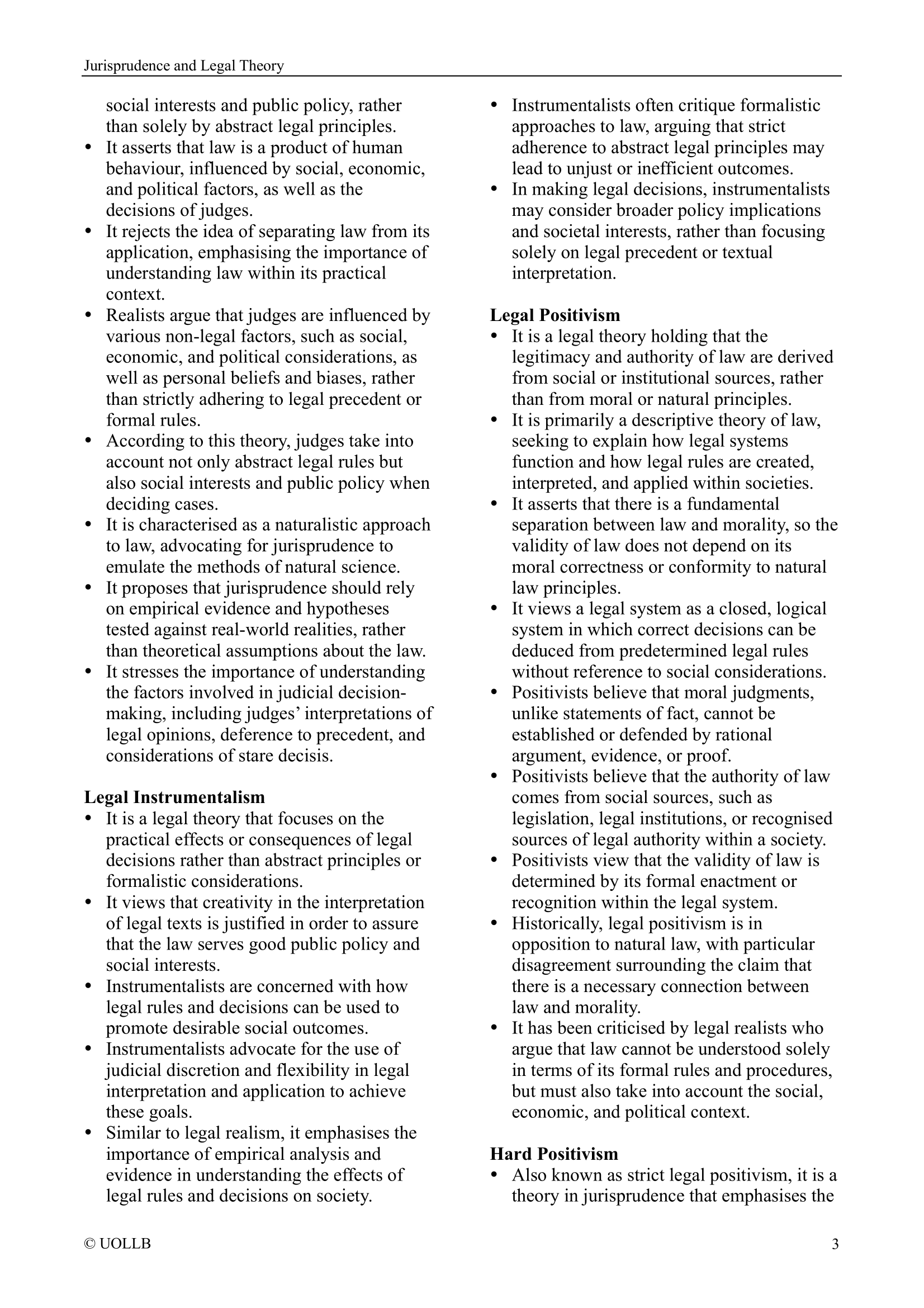Impact of Brexit on UK
Share
The decision by the UK to exit the EU stands as one of the most consequential political and economic developments of the 21st century. Since the historic referendum in June 2016, when a slim majority of UK citizens voted to leave the EU, Brexit has been marked by complex negotiations, profound consequences, and a series of crises that have reverberated across the European continent and beyond.
Trade disruption: The UK's decision to leave the EU's single market and customs union meant that it became a third country with regard to EU trade. This change introduced customs checks, regulatory divergence, and new paperwork for businesses engaged in trade with the EU. The disruption was particularly felt in industries with integrated supply chains, like automotive and pharmaceuticals.
Northern Ireland Protocol: The Northern Ireland Protocol was designed to prevent a hard border on the island of Ireland by keeping Northern Ireland in the EU's single market for goods. However, this created a de facto border in the Irish Sea, separating Northern Ireland from the rest of the UK for customs and regulatory purposes. This arrangement has led to protests and tensions within Northern Ireland and between the UK and the EU.
Economic impact: While the economic impact of Brexit varies across sectors and regions, studies have shown that Brexit had a negative effect on the UK's GDP growth. Businesses had to navigate new rules and regulations for trade with the EU, leading to increased costs and uncertainties.
Inflation: The trade disruptions mentioned earlier increased the cost of importing goods, which was passed on to consumers. The depreciation of the British pound following the referendum added to the cost of imported goods. Uncertainty around Brexit's impact on the economy led to precautionary stockpiling by businesses, further driving up prices. All of these factors contributed to inflation, making it a significant concern.
Financial services: London, as a global financial centre, lost its EU passporting rights, which allowed financial firms to provide services across the EU. This resulted in some financial institutions moving parts of their operations to EU cities to ensure continued access to EU markets.
Fisheries disputes: Fishing rights and access to waters became a significant sticking point in the negotiations. While the UK sought greater control over its waters, EU countries, especially France, were concerned about losing access to traditional fishing grounds in British waters. This issue continues to be a source of tension.
Immigration and labour shortages: The end of free movement between the UK and the EU meant that the UK introduced a points-based immigration system. Some industries, such as agriculture and healthcare, faced labor shortages as they relied on EU workers. These shortages have raised questions about the need for labour market reforms and training programs.
Diplomatic tensions: Negotiations between the UK and the EU were often marked by contentious moments and disputes over issues like the level playing field, governance, and fishing rights. These tensions strained diplomatic relations between the UK and EU member states.
Scotland's independence: Scotland, which voted to remain in the EU in the 2016 referendum, saw Brexit as a catalyst for renewed discussions about independence from the UK. The Scottish government sought to hold a second independence referendum, although this was subject to approval from the UK government.
Impact on Ireland: While the Good Friday Agreement, which helped bring peace to Northern Ireland, was preserved, there were concerns that Brexit could potentially disrupt the delicate balance of power-sharing and stability in the region.
Foreign policy alignment: Post-Brexit, the UK aimed to strike its own trade deals and develop an independent foreign policy. This shift raised questions about its alignment with EU foreign policy and cooperation on global issues, such as climate change and security.
Brexit had far-reaching consequences, touching on trade, politics, diplomacy, and various sectors of the economy. From trade disruptions to diplomatic tensions, from regional concerns to global implications, the Brexit journey has been both tumultuous and transformative, reshaping the political, economic, and social landscape of the UK and the EU. The long-term consequences of Brexit are still evolving, and ongoing negotiations and developments may continue to shape its impact in the years ahead.
Trade disruption: The UK's decision to leave the EU's single market and customs union meant that it became a third country with regard to EU trade. This change introduced customs checks, regulatory divergence, and new paperwork for businesses engaged in trade with the EU. The disruption was particularly felt in industries with integrated supply chains, like automotive and pharmaceuticals.
Northern Ireland Protocol: The Northern Ireland Protocol was designed to prevent a hard border on the island of Ireland by keeping Northern Ireland in the EU's single market for goods. However, this created a de facto border in the Irish Sea, separating Northern Ireland from the rest of the UK for customs and regulatory purposes. This arrangement has led to protests and tensions within Northern Ireland and between the UK and the EU.
Economic impact: While the economic impact of Brexit varies across sectors and regions, studies have shown that Brexit had a negative effect on the UK's GDP growth. Businesses had to navigate new rules and regulations for trade with the EU, leading to increased costs and uncertainties.
Inflation: The trade disruptions mentioned earlier increased the cost of importing goods, which was passed on to consumers. The depreciation of the British pound following the referendum added to the cost of imported goods. Uncertainty around Brexit's impact on the economy led to precautionary stockpiling by businesses, further driving up prices. All of these factors contributed to inflation, making it a significant concern.
Financial services: London, as a global financial centre, lost its EU passporting rights, which allowed financial firms to provide services across the EU. This resulted in some financial institutions moving parts of their operations to EU cities to ensure continued access to EU markets.
Fisheries disputes: Fishing rights and access to waters became a significant sticking point in the negotiations. While the UK sought greater control over its waters, EU countries, especially France, were concerned about losing access to traditional fishing grounds in British waters. This issue continues to be a source of tension.
Immigration and labour shortages: The end of free movement between the UK and the EU meant that the UK introduced a points-based immigration system. Some industries, such as agriculture and healthcare, faced labor shortages as they relied on EU workers. These shortages have raised questions about the need for labour market reforms and training programs.
Diplomatic tensions: Negotiations between the UK and the EU were often marked by contentious moments and disputes over issues like the level playing field, governance, and fishing rights. These tensions strained diplomatic relations between the UK and EU member states.
Scotland's independence: Scotland, which voted to remain in the EU in the 2016 referendum, saw Brexit as a catalyst for renewed discussions about independence from the UK. The Scottish government sought to hold a second independence referendum, although this was subject to approval from the UK government.
Impact on Ireland: While the Good Friday Agreement, which helped bring peace to Northern Ireland, was preserved, there were concerns that Brexit could potentially disrupt the delicate balance of power-sharing and stability in the region.
Foreign policy alignment: Post-Brexit, the UK aimed to strike its own trade deals and develop an independent foreign policy. This shift raised questions about its alignment with EU foreign policy and cooperation on global issues, such as climate change and security.
Brexit had far-reaching consequences, touching on trade, politics, diplomacy, and various sectors of the economy. From trade disruptions to diplomatic tensions, from regional concerns to global implications, the Brexit journey has been both tumultuous and transformative, reshaping the political, economic, and social landscape of the UK and the EU. The long-term consequences of Brexit are still evolving, and ongoing negotiations and developments may continue to shape its impact in the years ahead.
